Frequently asked questions
Company News
- Imitation wood grain aluminum veneer: retro style of modern architecture
- Imitation wood grain aluminum veneer: the green "skin" of modern architecture
- The dazzling aluminum light reveals the fashionable charm of curtain wall aluminum veneer!
- Imitation Wood Grain Aluminum Veneer: The Natural Beauty in Modern Architecture
- Curtain wall aluminum veneer: the fashionable "coat" of the construction industry
Industry dynamics
- Innovative design! Aluminum alloy louver air conditioning cover creates a comfortable indoor environment
- Environmentally friendly microporous aluminum ceiling focuses on health and sustainable development
- Environmental advantages of hyperbolic aluminum veneer
- Analyzing the corrosion resistance characteristics of aluminum veneer curtain walls
- What is the anti pollution performance of curtain wall aluminum veneer?
Frequently asked questions
- Can aluminum veneer be applied to the exterior design of high-rise buildings?
- What are the limitations of the application scope of aluminum veneer?
- Is the surface treatment method of aluminum veneer restricted?
- Does the production of aluminum veneer require certification?
- How does aluminum veneer provide the wind resistance required for modern buildings?
contact us
Mobile:+86 15627778610
Email: 2201229786
Address: No. 5 Binjiang Road, High tech Zone, Zhaoqing City, Guangdong Province
How does aluminum veneer provide the wind resistance required for modern buildings?
- Author: Lesilong Technology (Guangdong) Co., Ltd
- Release time: March 3, 2025 12:08:02
- Click:0
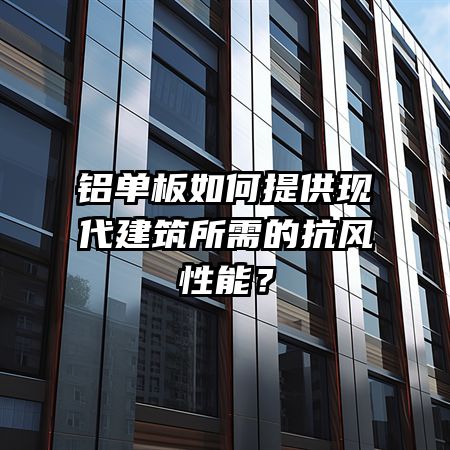
Aluminum veneerHow to provide the wind resistance required for modern architecture?
Abstract: This article will elaborate on how aluminum veneer provides the wind resistance performance required for modern buildings from the following four aspects.
1、 Material selection
1. The lightweight characteristics of aluminum veneer: Aluminum veneer is made of aluminum alloy and has a lightweight feature, which allows it to reduce weight in building structures and thus reduce the impact of wind on buildings.
2. Balance between strength and toughness: Aluminum veneer undergoes special treatment during the manufacturing process to give it high strength and toughness. This balanced characteristic enables aluminum veneer to maintain structural stability in strong wind environments.
3. Corrosion resistance: Aluminum veneer has excellent corrosion resistance and is not easily corroded by natural environmental factors such as wind, sand, and rain, thus ensuring stability during long-term use.
2、 Structural Design
1. Plate connection method: Aluminum veneer adopts professional plate connection methods, such as dry hanging system or suspension system, which can effectively resist the impact of wind on buildings. This connection method not only improves overall stability, but also reduces damage caused by wind pressure.
2. Thickness and shape of aluminum veneer: Based on the height of the building and the wind pressure level of the environment, the thickness and shape of aluminum veneer can be designed reasonably. Thicker plates and appropriate shapes can increase the stiffness of the structure and improve its wind resistance.
3. Supporting structure: Aluminum veneer needs to be combined with the supporting structure to form a cohesive system. A well-designed support structure can share the force of wind on aluminum veneer, ensuring the stability of the entire building.
3、 Surface treatment
1. Oxidation treatment: After oxidation treatment, a dense oxide film is formed on the surface of aluminum veneer. This oxide film has good weather resistance and corrosion resistance, which can effectively protect aluminum veneer from natural environmental erosion.
2. Spray treatment: After oxidation treatment, aluminum veneer can be sprayed. Spray coating can increase the hardness and wear resistance of aluminum veneer, and improve its wind resistance. Meanwhile, spray coating treatment can also provide more design options for buildings.
3. Surface texture design: The surface texture design of aluminum veneer can also affect its wind resistance performance. Reasonable texture design can reduce the resistance of wind on the surface and decrease the effect of wind pressure.
4、 Practical application
1. Modern architectural case analysis: Through the analysis of some modern architectural cases, we can see the practical application effect of aluminum veneer in providing wind resistance performance. These buildings can maintain stability in strong wind environments, proving the effectiveness of aluminum veneer.
2. Research viewpoints at home and abroad: Many domestic and foreign research institutions have conducted in-depth studies on the wind resistance performance of aluminum veneer. Their views and research results support the application of aluminum veneer in modern architecture and provide more technical support.
3. Market outlook: With the development of modern architecture and the increasing demand for building safety, aluminum veneer, as a material with wind resistance, has broad market prospects. In the future, the application of aluminum veneer in modern architecture will further expand.
5、 Summary:
Aluminum veneer, as a lightweight material, provides excellent wind resistance performance in modern buildings. Through reasonable material selection, structural design, and surface treatment, aluminum veneer can effectively resist the impact of wind on buildings. Meanwhile, practical application cases and research perspectives have also demonstrated the importance of aluminum veneer in modern architecture. With the development of the market, the application prospects of aluminum veneer in the construction field are even broader.
- previous page:Can aluminum veneer be used for building platform design?
- Next page: No more

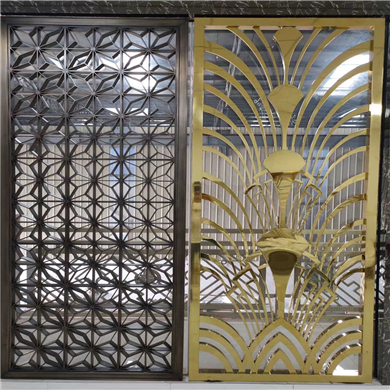
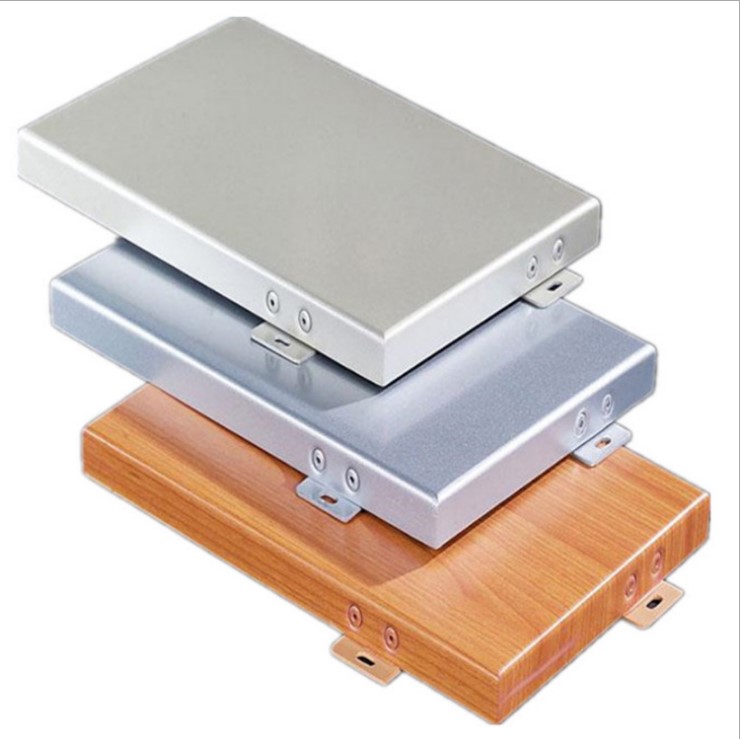
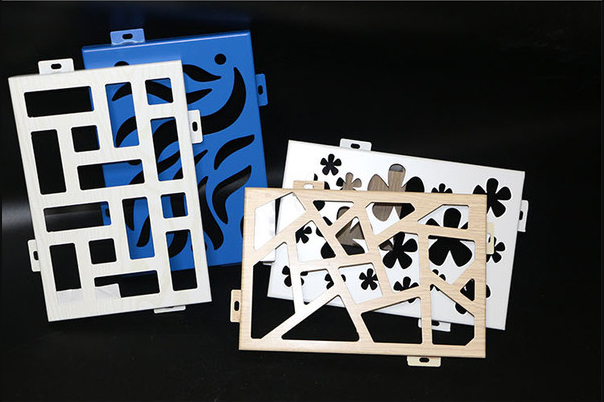
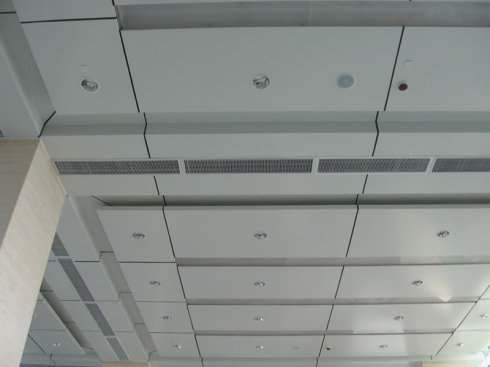
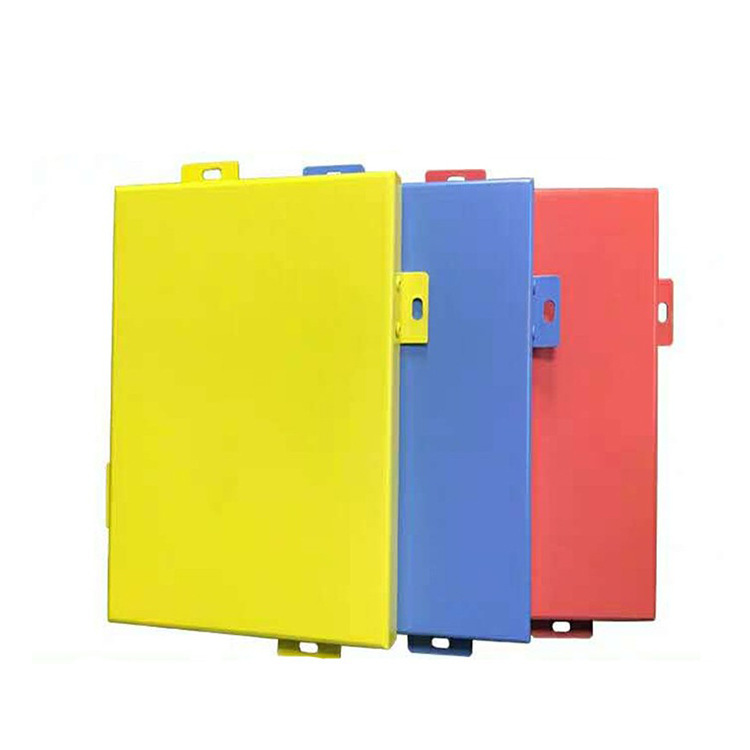
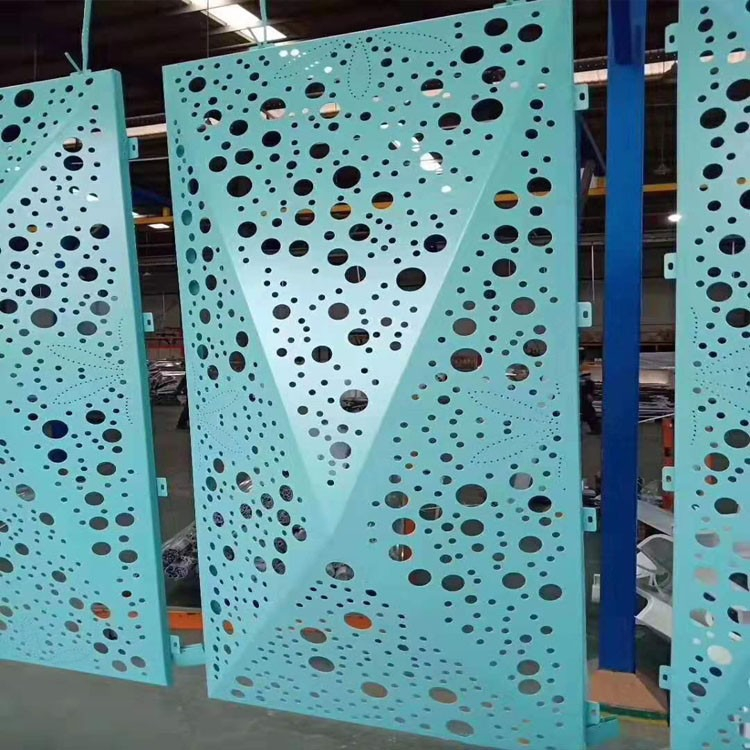
 Customer service QQ
Customer service QQ